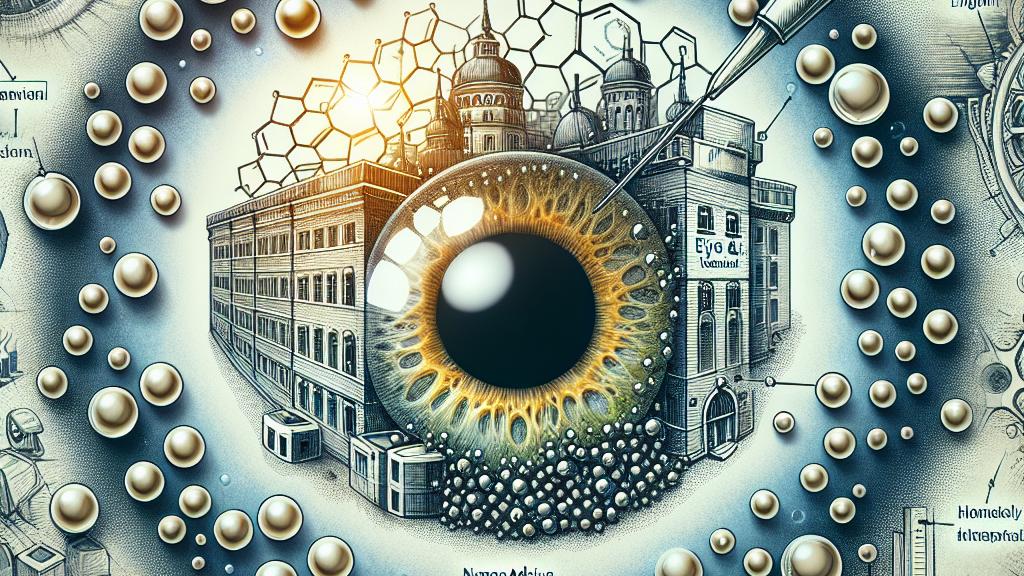Discover How New Nanotechnology is Making Corneal Transplants Safer
Overview
- A revolutionary biocompatible nanoadhesive promises to transform corneal transplants.
- It dramatically reduces the risks associated with inflammation and infection.
- Enhanced repair abilities could redefine ophthalmic surgical practices for the better.

Introduction to a Groundbreaking Discovery
Picture this: a world where corneal transplants are not only safer but also more efficient, where patients recover faster and with fewer complications. This isn't just wishful thinking; it's becoming a reality thanks to a remarkable study from the Eye & ENT Hospital of Fudan University in China. Researchers there have finely tuned a biocompatible nanoadhesive that seems tailor-made for the intricacies of corneal transplantation. Imagine an adhesive that acts like a protective shield, drastically minimizing risks like inflammation and tissue necrosis—it's a breakthrough that could revolutionize patient care and significantly improve surgical outcomes.
The Shortcomings of Traditional Adhesives
Now, let's take a moment to understand the pitfalls of older polymeric adhesives. Although they were once hailed as innovative solutions, they come with a bag of problems. These adhesives create tough chemical bonds, which might sound good, but they often harm delicate eye tissues instead. The cornea, devoid of blood vessels and reliant on surrounding fluids for nourishment, is particularly vulnerable to such damage. This can slow healing and invite infections, making recovery a drawn-out ordeal for many patients. But the exciting part is that this new nanoadhesive sidesteps such serious complications, paving the way for a smoother healing process.
The Science Behind the Nanoadhesive
What really sets this nanoadhesive apart? The answer lies in its sophisticated structure, combining tetrahedral framework nucleic acids with the recombinant protein K72. This unique formula offers an exceptional adhesive strength of around 2.3kPa—an amazing leap ahead, being one order of magnitude stronger than traditional solutions! During lab tests, it was found that cells thrived at concentrations up to 50μg/mL without showing any signs of adverse reactions. This means that not only does the nanoadhesive bond effectively to corneal tissue, but it also fosters a hospitable environment for healing—a true game changer in surgical recovery.
Promising Impacts and Future Possibilities
Animal studies provide further evidence of the remarkable potential this nanoadhesive holds. These studies reveal it effectively prevents infections and accelerates corneal healing without causing necrosis in the transplanted tissue. This development could lead to a significant transformation in the field of corneal transplants, offering a dependable option for countless patients. Beyond that, the success of this groundbreaking technology opens up exciting possibilities for its application in a variety of areas within regenerative medicine. Envision a future where surgical procedures are less invasive, recovery times are shorter, and complications are minimized—this isn’t just a dream, it’s a tangible goal moving ever closer to reality!

Loading...